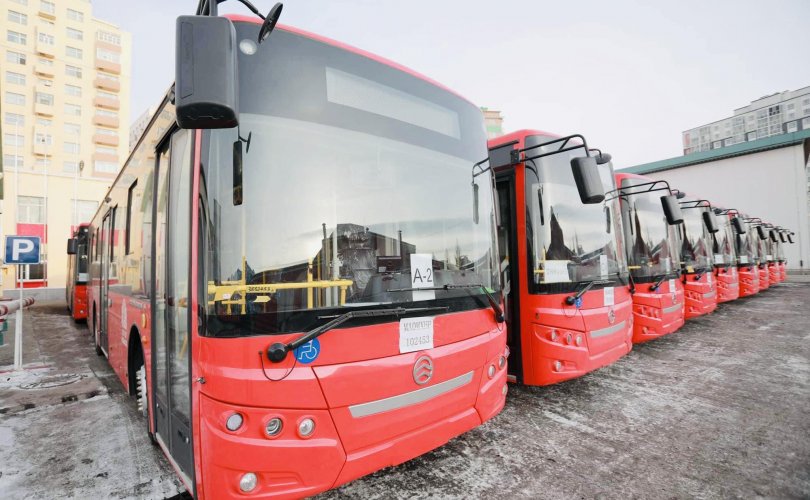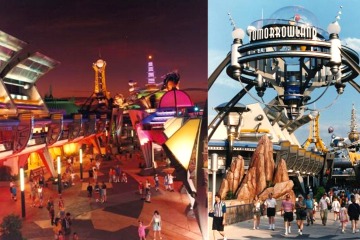Understanding Mongolia: Culture, Economy, and Current Events

Introduction
Mongolia, a landlocked nation located between Russia and China, is known for its vast landscapes and rich cultural heritage. With a population of approximately 3.3 million people, it is one of the least densely populated countries in the world. The significance of Mongolia extends beyond its geographical boundaries; it is an emerging player in the global economy, with vast mineral resources and a unique nomadic culture that captivates visitors and researchers alike.
The Rich Cultural Heritage of Mongolia
Mongolia’s history is deeply intertwined with its nomadic traditions, which have been preserved over centuries. The annual Naadam Festival, celebrated in July, showcases traditional sports like wrestling, horse racing, and archery, drawing both local and international tourists. Furthermore, the music and throat singing unique to the Mongolian people provide a window into the spiritual connection they maintain with their environment.
Economic Developments
In recent years, Mongolia’s economy has experienced significant growth, driven primarily by its rich deposits of coal, copper, and gold. According to the World Bank, the country’s GDP growth was projected to reach 5.1% in 2023, following a recovery from pandemic-induced disruptions. The government has invested heavily in developing infrastructure to support its mining sector, which attracts foreign investment while also increasing environmental concerns. Tensions regarding land use and ecological preservation are rising as the country seeks to balance economic growth with sustainable practices.
Political Landscape and Current Events
On the political front, Mongolia has been navigating its relationship with its neighbours, primarily China, which is critical for trade given its proximity. Recent agreements to enhance bilateral trade have sparked debates regarding dependency and sovereignty, particularly in the context of supply chain resiliency amid global disruptions. Additionally, local elections are set to take place later this year, with significant implications for governance and policy direction.
Conclusion
Mongolia stands at a crossroads, balancing its rich cultural heritage with rapid economic development and evolving political dynamics. The country’s ability to forge a path that respects its traditions while embracing modernity will be crucial for its future. For readers interested in geopolitics and cultural studies, Mongolia remains a fascinating case study of resilience and adaptation in the face of globalization.









